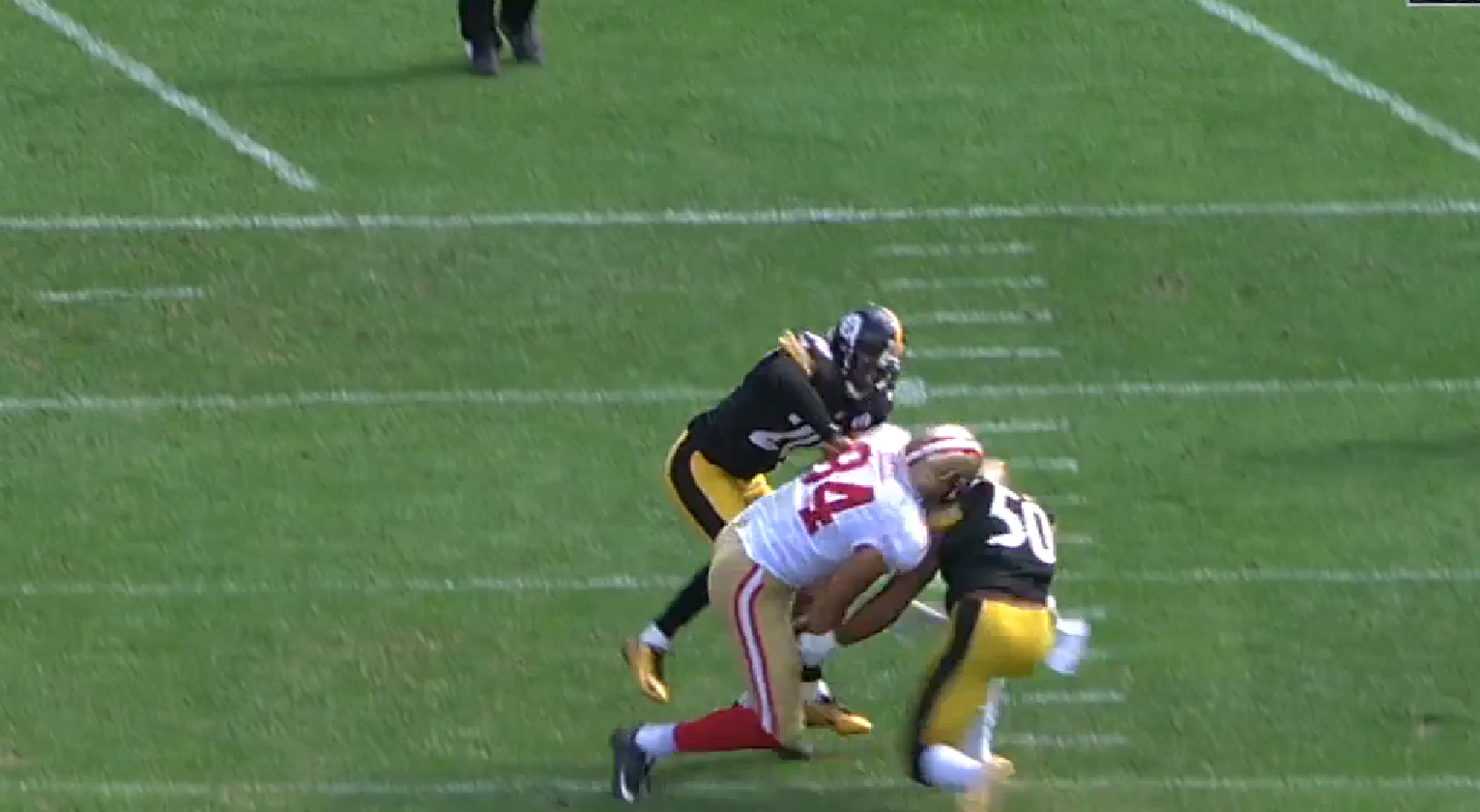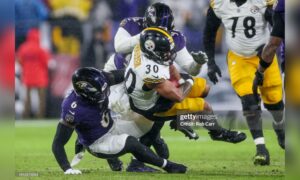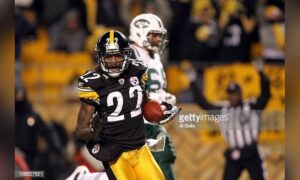Ordinarily, I am not one to admonish the officiating in a game very often, giving the crew the benefit of the doubt, and understanding that they are under obligations to call plays as the rulebooks state, which is sometimes in contradistinction from common sense.
I also acknowledge the human element that allows for degrees of variance for what is allowed or not allowed with respect to certain penalties, such as holding or illegal contact. Some less egregious infractions are called when more egregious ones are not, but this is an inevitability, and basically is what it is.
On Sunday, however, the Pittsburgh Steelers seemed more often than not to be on the short end of the officiating stick, so to speak, and it may have been a bigger topic of conversation had the team not easily rode a six-touchdown offensive performance to victory.
This is not necessarily to say that the Steelers were treated unfairly in all instances, but the grievance can be seen. Early in the first quarter, for example, center Cody Wallace was flagged for an unnecessary roughness penalty for throwing a late block after the tackle was already made, but in his defense, he was still looking upfield at the incoming defender and was not aware that the play was already dead.
Later in the game, during the opening sequence of the fourth quarter, safety Will Allen was also flagged for unnecessary roughness after delivering a sharp forearm shiver to the back of tight end Blake Bell in the process of making a reception in the air.
It is true that what Allen did was not a penalty, but as Mike Pereira speculatively contended on air, it is possible that the official intended to announce not Allen’s #20, but the #50 of Ryan Shazier. Shazier hit Blake with his shoulder in the head area, but this was a direct result of the tight end’s forward and downward momentum provided from Allen’s hit, and could have hardly been prevented.
Head coach Mike Tomlin also lost a pair of challenges that seem to have been of the variety that would be impossible to overturn based on the available footage, meaning that the call of the field would have stood regardless of the original ruling.
In the first quarter, Tomlin challenged that wide receiver Anquan Boldin had come down with a reception on third down, which would have resulted in a forced fumble by William Gay, who swiped the ball out of the receiver’s grasp.
Later, in the fourth quarter, Tomlin lost a second challenge, contending the officals’ spotting of the ball on a fourth-and-one play near the goal line. The back’s forward momentum was stopped very near the first-down line, but it is difficult to discern whether that came just before, or just beyond, the line.
In both instances, it seems clear to me that the ruling in either direction would have stood, as indicated by the fact that in both instances, the official declared that the ruling stands, and not is confirmed. Pereira even acknowledged that he did not believe the runner quite got to the two-yard line.












